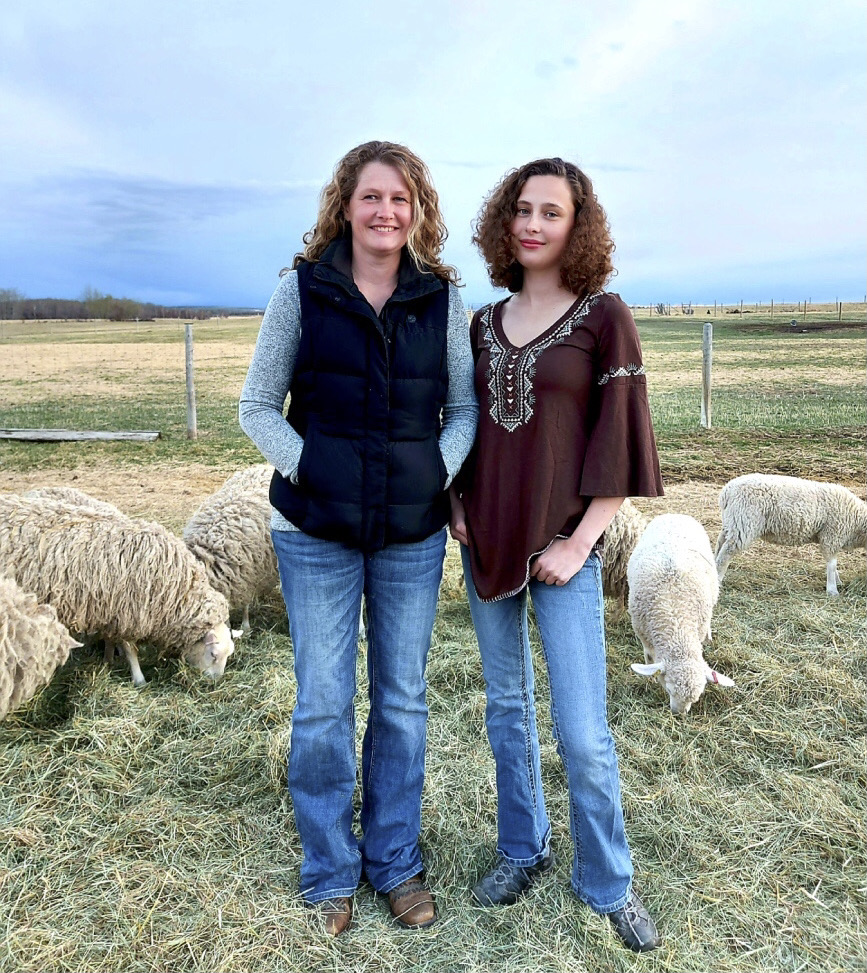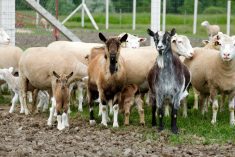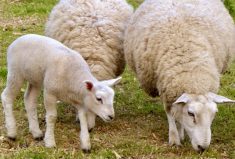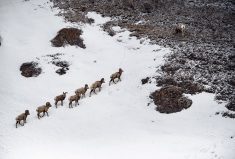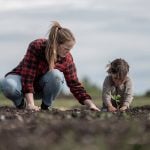The sheep have returned to Fort Saskatchewan for the summer. But for the first time in 28 years, they’re being managed by new shepherds.
The Alberta community’s flock has become an institution over the past three decades, and a major tourist draw.
So many were worried when Ralph and Kathy Playdon, who have been tending the flock since the city brought in sheep in 1992, announced last year that they were hanging up their shepherd’s crooks.
And they were glad to hear that replacements had been found.
Read Also
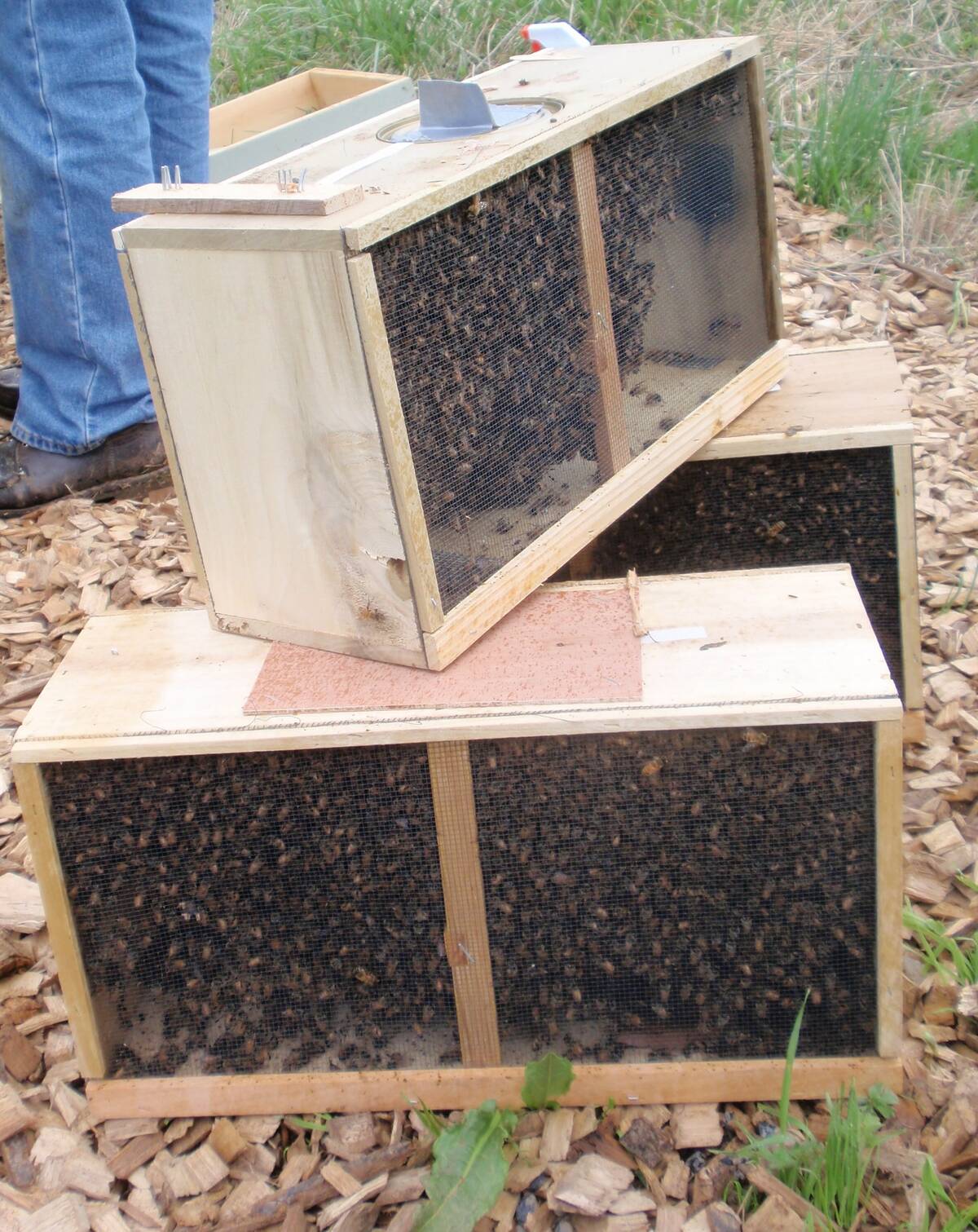
Canadian beekeepers call for regulatory accountability
Beekeepers say the Canadian Food Inspection Agency should restore U.S. packaged bee shipments, claiming the agency isn’t following evidence.
“It’s absolutely amazing to hear the feedback and the comments from the residents,” said Natasja Steinbusch, one of the new shepherds. “People are just so happy that the sheep are back there.”
Steinbusch and husband Marc, who have four children, moved to Alberta from the Netherlands in 2006, and now live in Wildwood. They started raising miniature cattle, but got into sheep eight years ago, because it was a better fit for the family.
Pien, the oldest daughter, is 19 and is working extensively with the sheep at Fort Saskatchewan. Anke, her 17-year-old sister, is also helping out.
Steinbusch said Pien wants to be an elementary school teacher, and she really enjoys talking with the children and teaching them about the sheep.
The family knew the Playdons and that proved to be key.
“They were really excited about it and kind of made us interested in doing this,” she said.
The eco-friendly method of grazing was pitched by a park foreman as a way to take care of the grounds around the old Gaol and the Canadian Northern Railway station. In 1992, more than 400 sheep grazed over 150 acres. The year after, the flock was reduced, and has remained at around 50 since then.

There are currently 41 of the Steinbuschs’ sheep in the pasture at Fort Saskatchewan. And they’re proving they’re up to both jobs — the grazing and the being gazed at.
“We have a couple of commercial ewe lambs in there that were really friendly and quiet,” she said. “The majority of the flock are registered Finnsheep, a heritage breed. They are really quiet and docile.
“They are known for the really nice quality of wool that we use for hand spinning. They can have up to six to seven lambs. They’re pretty special.”
Some of Playdons’ sheep are in the flock as well.
“We lambed out a percentage of their lamb crop and that’s how we kept some of their ewe lambs. It’s basically offspring from the sheep that have been here for almost 30 years.”
The sheep came out to the pasture at Fort Saskatchewan on June 2, and will likely return home on the September long weekend. Generally, the community hosts a parade — a huge crowd-pleaser — as the sheep leave, but the 2021 parade has not been confirmed yet.
But the woolly stars aren’t on display all the time. They have a ‘display pasture’ and an ‘off-duty’ one and so twice a week, they have to be moved a mile and a half. (They can be seen on Wednesdays through Saturdays from 12:30 p.m. to 8 p.m. at the Fort Heritage Precinct grounds.)
Since 2020, visitors have to self-screen for COVID-19, and wash and sanitize before and after interacting with the sheep.
Steinbusch said the best part of the job is meeting all the people who come to see the sheep.
And since many figured that with the Playdons retiring last year, the sheep program would end, the family always gets a warm welcome, she said.
“There are a lot of adults who are coming out with younger children and saying, ‘Thank you so much for being here. We grew up having the sheep here and we couldn’t imagine not having sheep in Fort Saskatchewan. And it’s unbelievably a lot of fun.’”
And she feels the same way, said Steinbusch.
“The Fort Saskatchewan program is really nice. It’s really fun to see the little kids. They get so excited about taking selfies with the sheep and feeding them apples and carrots. It’s awesome.”
The sheep like to be petted, but they prefer it when children are calm, she added.
Generally, about 100 people visit the sheep a day.


